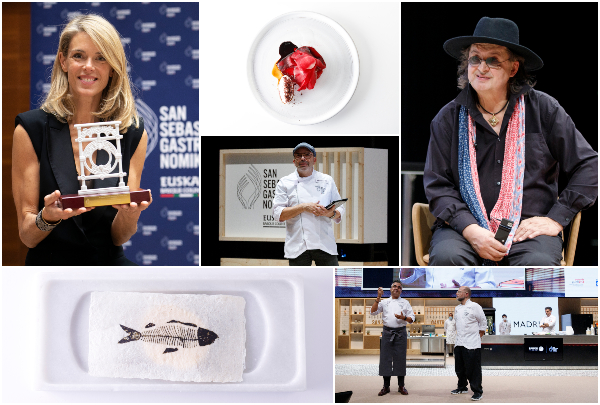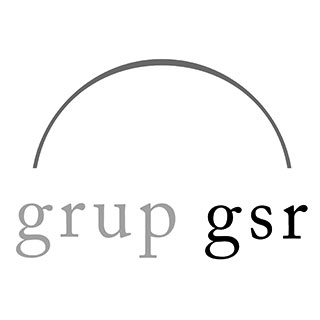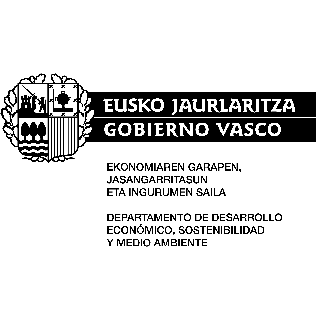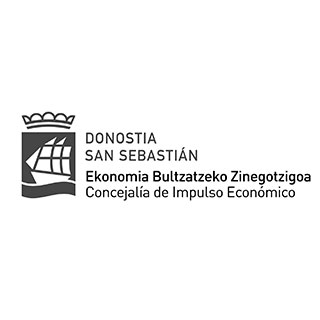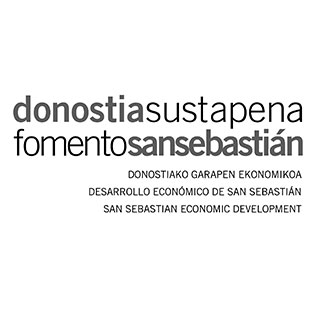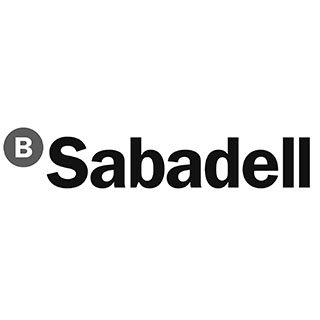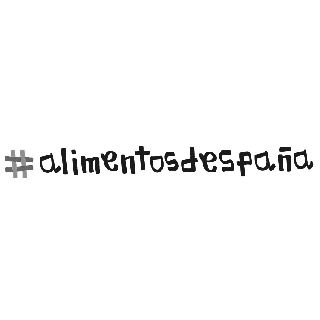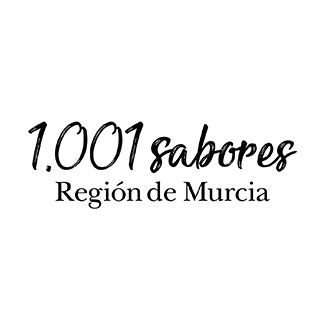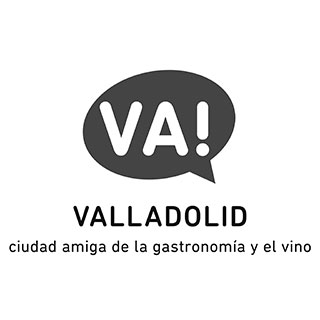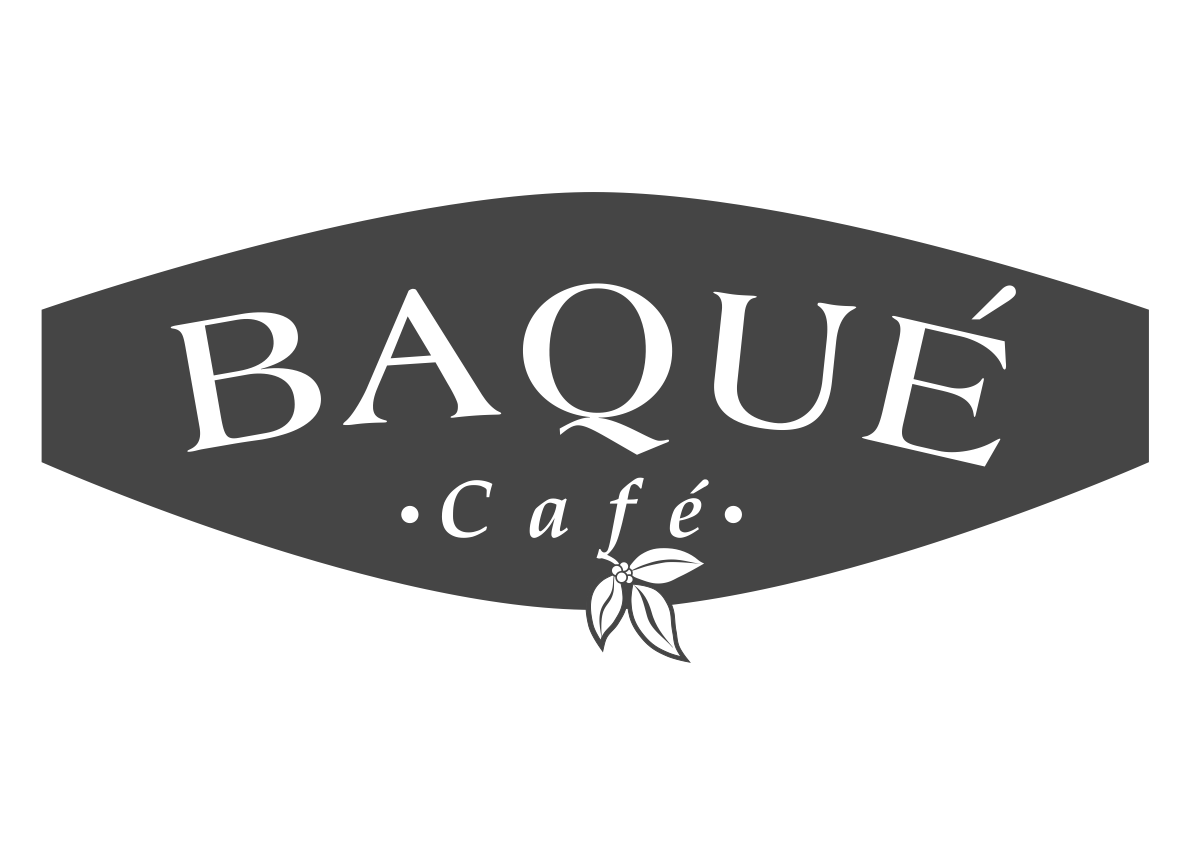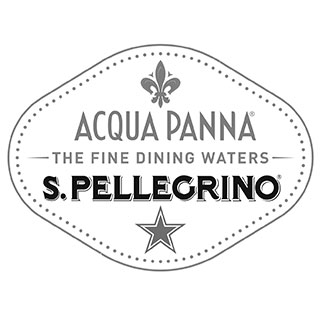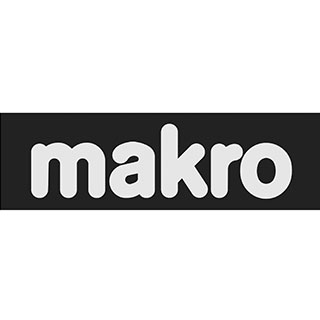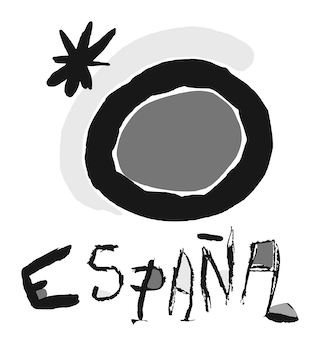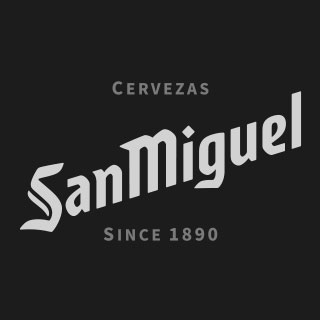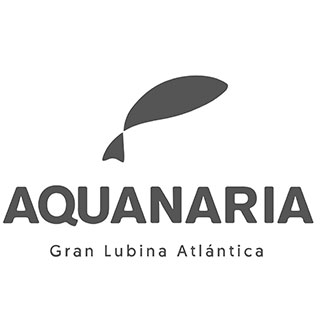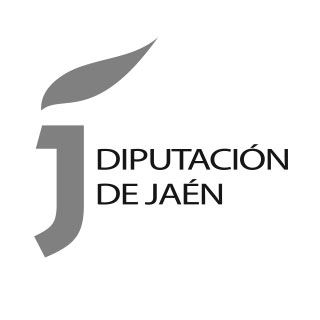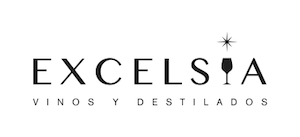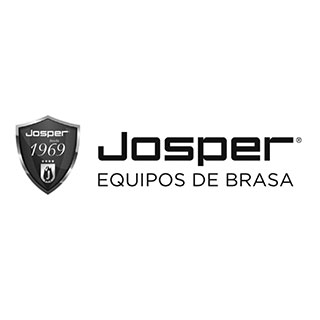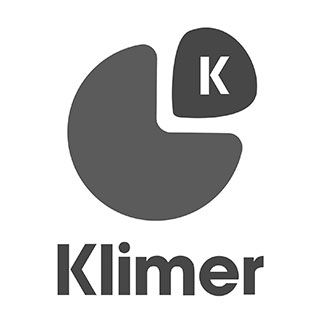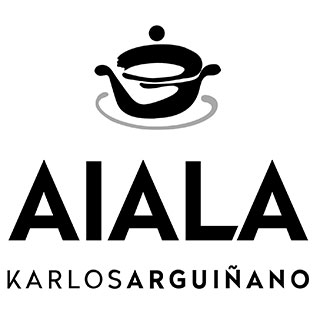News
Disfrutar puts colour into spherifications
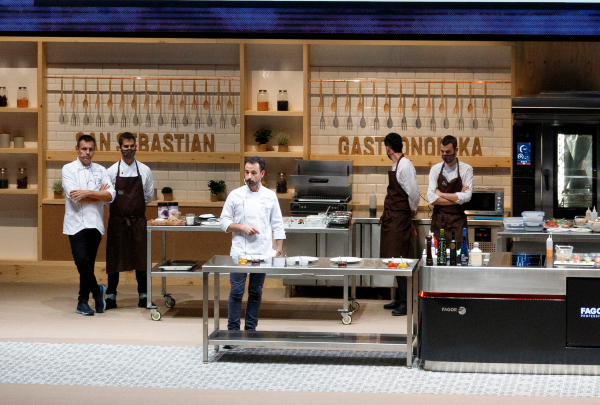
The chefs of Disfrutar come to Gastronomika to present their evolution in working with spherifications, making them change colour or embedding products in them.
Eduard Xatruch and Oriol Castro have once again surprised everyone. The chefs of Disfrutar (the third chef, Mateu Casañas has remained in Barcelona in charge of the restaurant) have presented two new concepts developed from spherification, a technique they created in elBulli in 2003. The first, makes it possible to embed solid products (vegetable minces, seeds, “whatever we want…”) in the outer layer, which they demonstrated by preparing a lobster salpicón with juice from the salpicon in which they embedded vegetable mince from the salpicon. “Giving us two textures: the liquid of the sphere and the crunchy texture on the exterior”, explained Xatruch.
The second application had to do with giving colour to the exterior as well as the interior of the spherification “to surprise you when it breaks”, they explained. “We, and everyone, add a fruit or vegetable concentrate to the alginate to achieve the colour. But we realised that the colour disappears after a while”. In order for this not to happen, by playing with the spherification, the chefs from Disfrutar have presented “multi-colour and durable spheres” the result of the work they have developed using solid colorants.
With this technique, Xatruch and Castro have presented the so-called “Liquid Gold”, an oil pearl made of prawn sauce covered in gold the size of an egg yolk, which they have fried over an egg without a yolk. They have named it “a chilicrab fried egg”, accompanied by “caviar that is not caviar”, several spheres of, for example, olive oil which look like caviar, but they’re not.
The Catalonian chefs have concluded their lecture by presenting fruit juice and vegetable reductions (for about eight hours) which they make using a Girovap, the vacuum distiller with which they prepare the alcohol-free wines presented in the recent edition of Madrid Fusión. “The reductions –remarked Xatruch- are interesting because they create different textures, much creamier, like syrup, which we can use in some cases in a multitude of applications”.
.jpg)
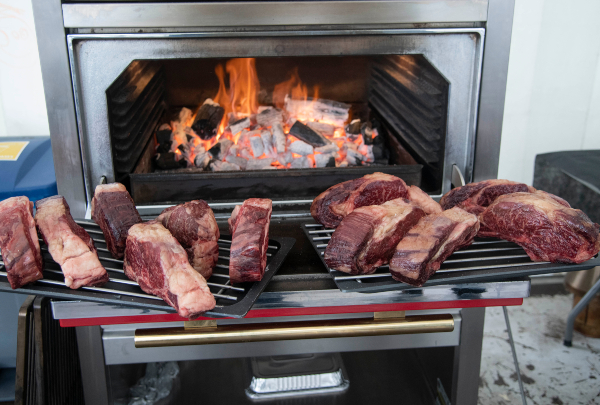
.jpg)
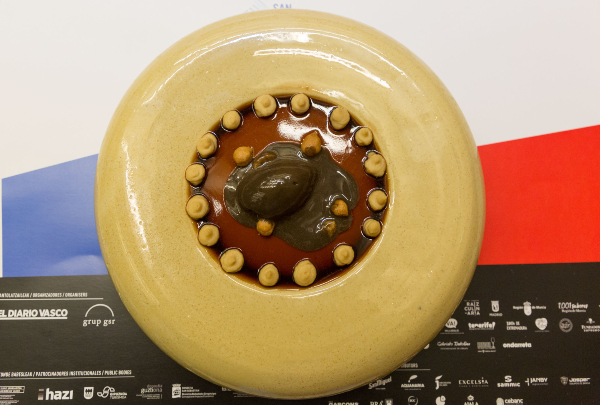

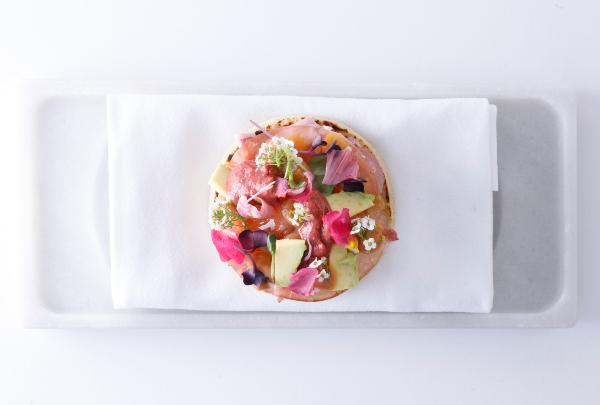
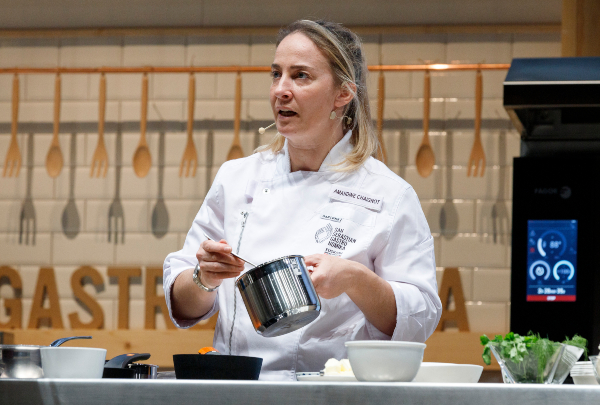
.jpg)

